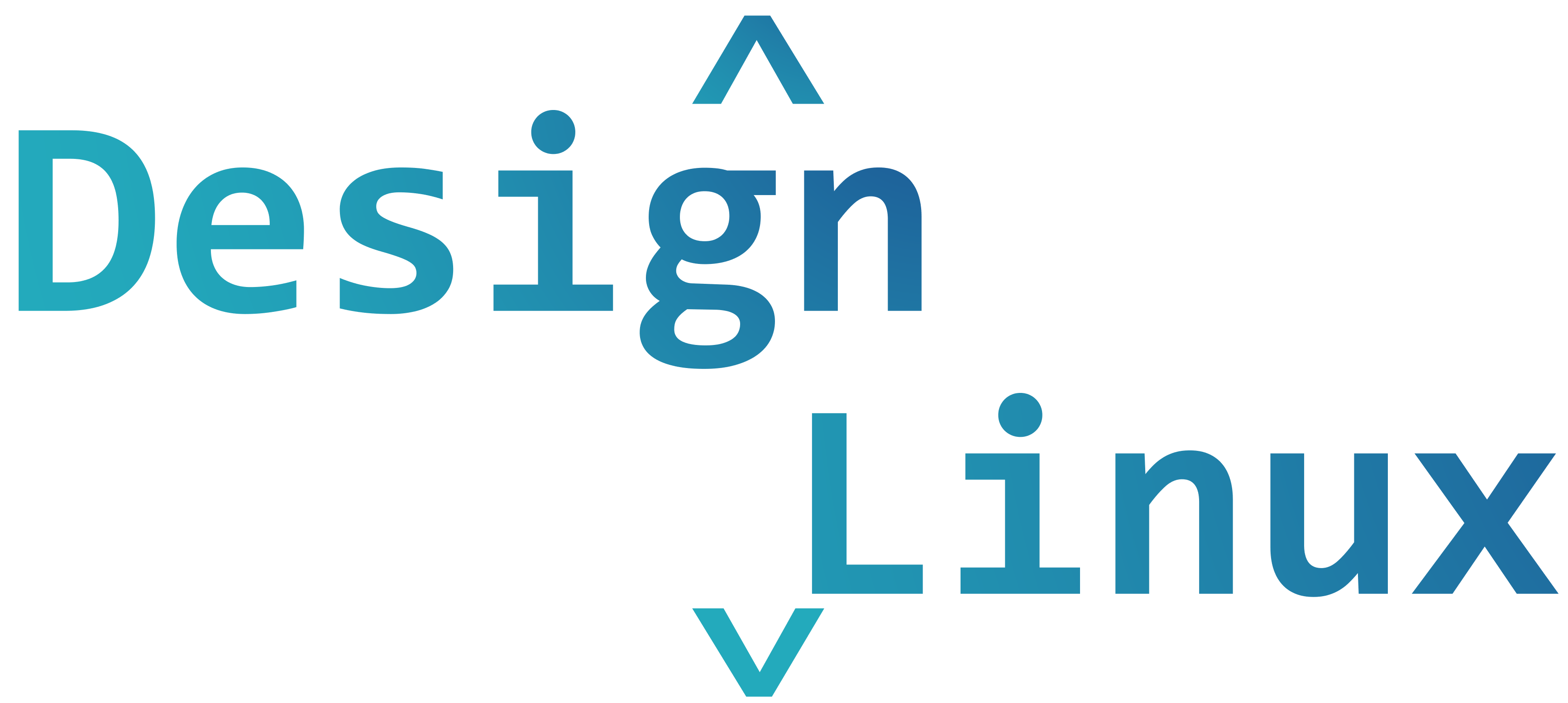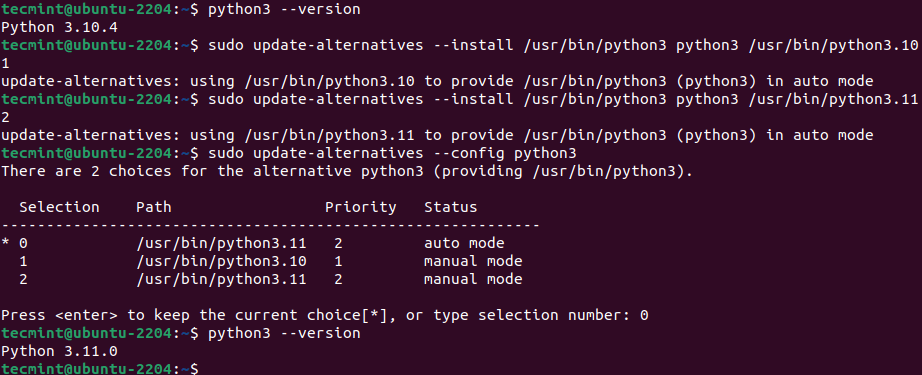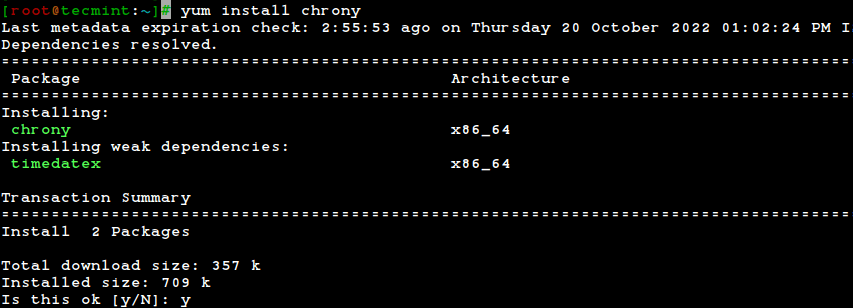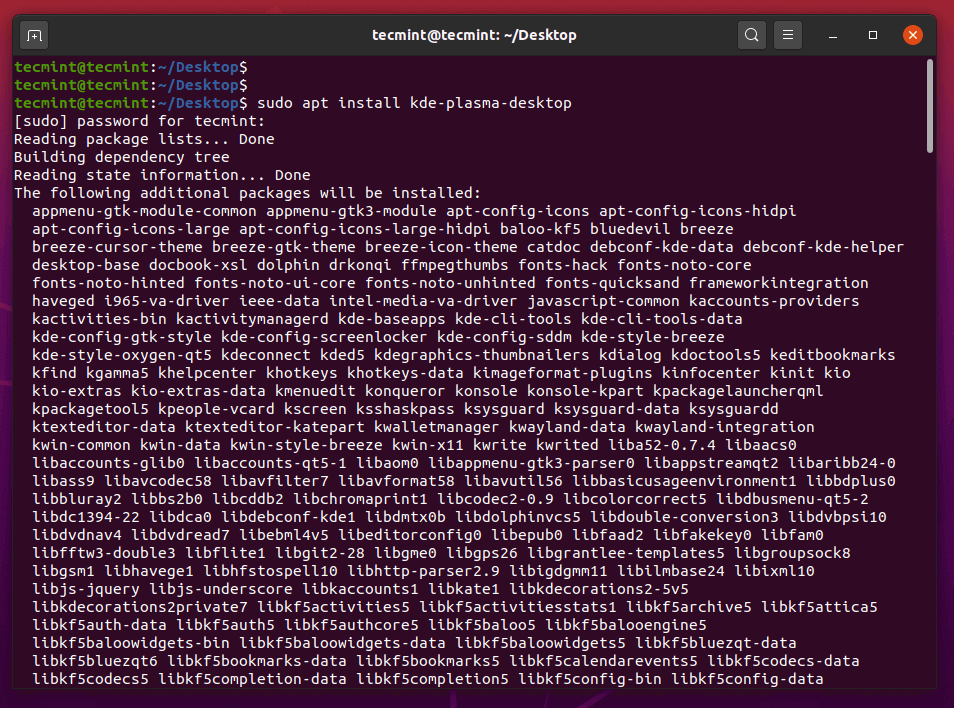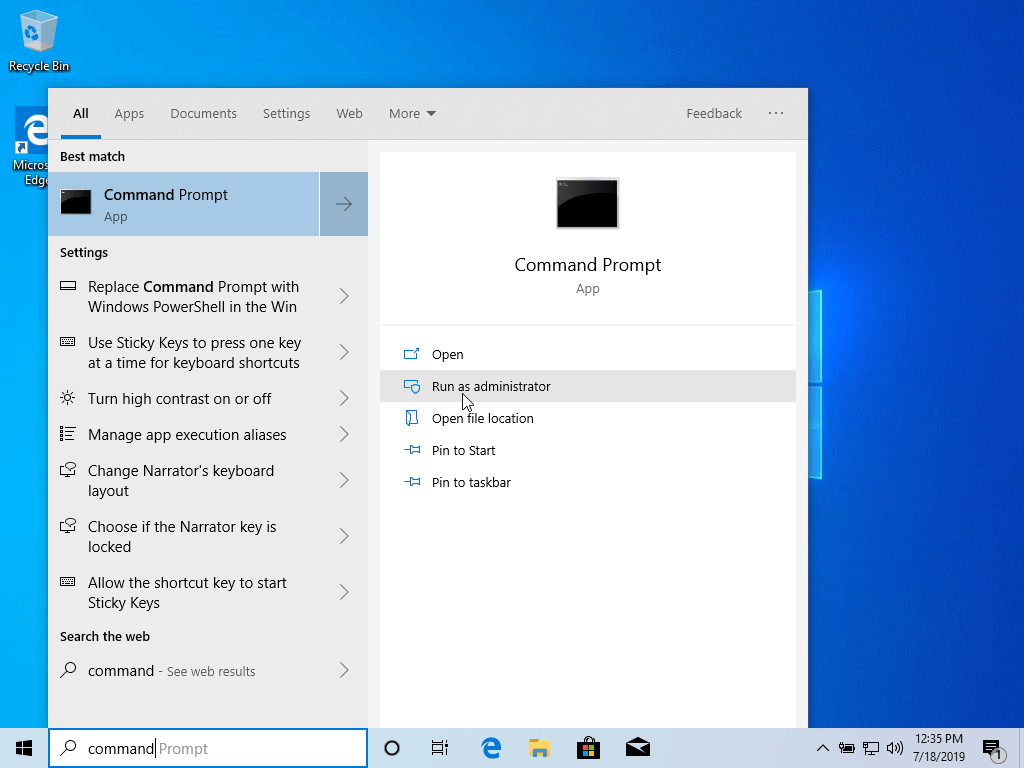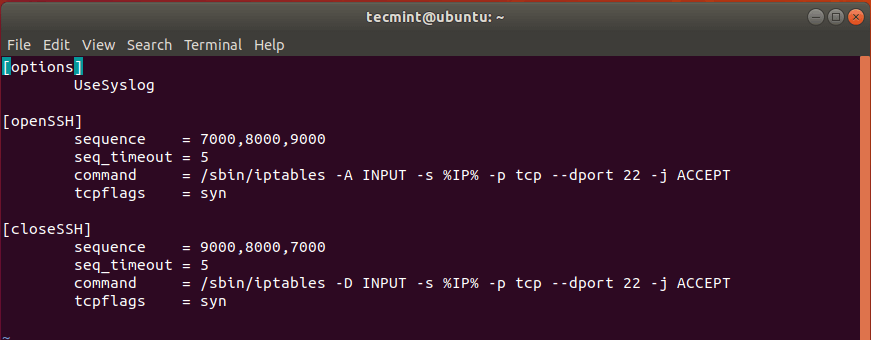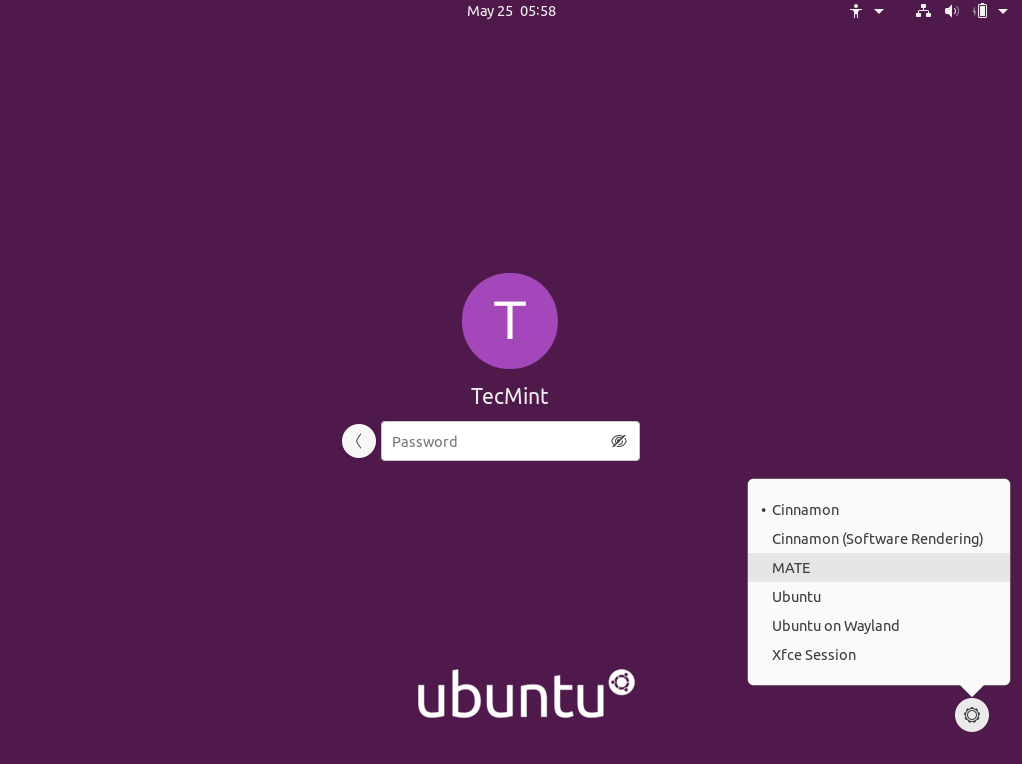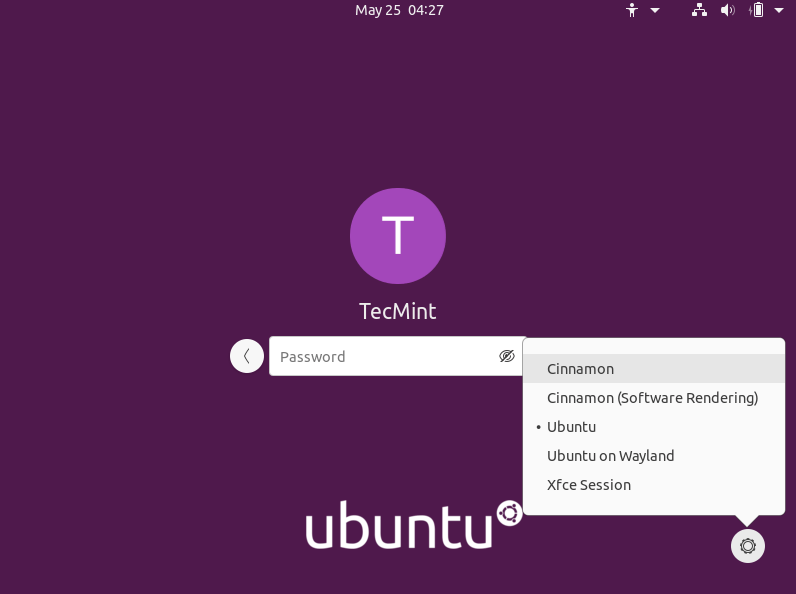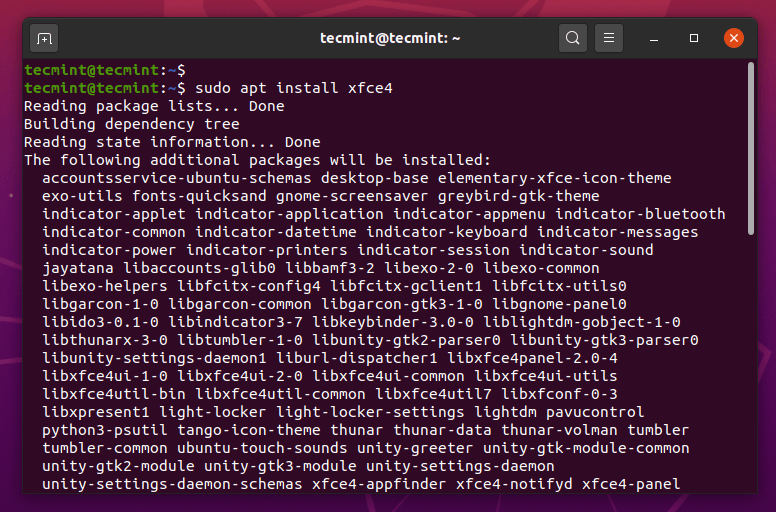Python is the fastest-growing major general-purpose programming language. There are a number of reasons attributed to this, such as its readability and flexibility, ease to learn and use, reliability, and efficiency as well. There are two major Python versions being used – 2 and 3 (the present and future of Python); the former will see
Ubuntu Tips - DesignLinux
How to Synchronize Time with Chrony NTP in Linux
The Network Time Protocol (NTP) is a protocol used to synchronize computer system clocks automatically over a network. The machine can have the system clock use Coordinated Universal Time (UTC) rather than local time. Maintaining accurate time on Linux systems, especially servers is an important task for many reasons. For example, in a networked environment,
How to Install WordPress Ubuntu Using LAMP Stack
For those who cannot afford the hustles of developing websites from scratch, there are now several content management systems (CMSs) such as WordPress that you can take advantage of to set up blogs as well as complete websites with a few clicks. WordPress is a powerful, free, and open-source, highly pluggable, and customizable CMS that
How to Install KDE Plasma in Linux Desktop
KDE is a well-known desktop environment for Unix-like systems designed for users who wants to have a nice desktop environment for their machines, It is one of the most used desktop interfaces out there. [ You might also like: 10 Best and Most Popular Linux Desktop Environments of All Time ] In the past few
How to Install Ubuntu Alongside With Windows in Dual-Boot
This tutorial will guide you on how you can perform the installation of Ubuntu 20.04, Ubuntu 19.04, Ubuntu 18.10, or Ubuntu 18.04 in dual-boot with a Microsoft Operating System on machines that come pre-installed with Windows 10. This guide assumes that your machine comes pre-installed with Windows 10 OS or an older version of Microsoft
How to Use Port Knocking To Secure SSH Service in Linux
Port Knocking is a nifty technique of controlling access to a port by only allowing legitimate users access to the service running on a server. It works in such a way that when the right sequence of connection attempts is made, the firewall gladly opens the port that was closed. The logic behind port knocking
How to Install Latest Mate Desktop in Ubuntu and Fedora
MATE desktop is a simple, intuitive, and attractive continuation of GNOME 2. It is under active development to bring about constant improvements using modern technologies while holding to the traditional desktop experience. There are several Linux distributions that support the MATE desktop including of course Ubuntu, and there is a dedicated Ubuntu MATE edition for
How to Install Latest Cinnamon Desktop in Ubuntu and Fedora
In this tutorial, we shall walk through the various steps that you can follow to install the latest stable version of Cinnamon desktop on Ubuntu and Fedora. Before we move any further, let us talk about a few properties of the Cinnamon desktop as outlined below. [ You might also like: 13 Open Source Linux
How to Install Latest XFCE Desktop in Ubuntu and Fedora
Xfce is a modern, open-source, and lightweight desktop environment for Linux systems. It also works well on many other Unix-like systems such as Mac OS X, Solaris, *BSD plus several others. It is fast and also user-friendly with a simple and elegant user interface. [ You might also like: 13 Open Source Linux Desktop Environments
How to Install and Setup Apache Spark on Ubuntu/Debian
Apache Spark is an open-source distributed computational framework that is created to provide faster computational results. It is an in-memory computational engine, meaning the data will be processed in memory. Spark supports various APIs for streaming, graph processing, SQL, MLLib. It also supports Java, Python, Scala, and R as the preferred languages. Spark is mostly
